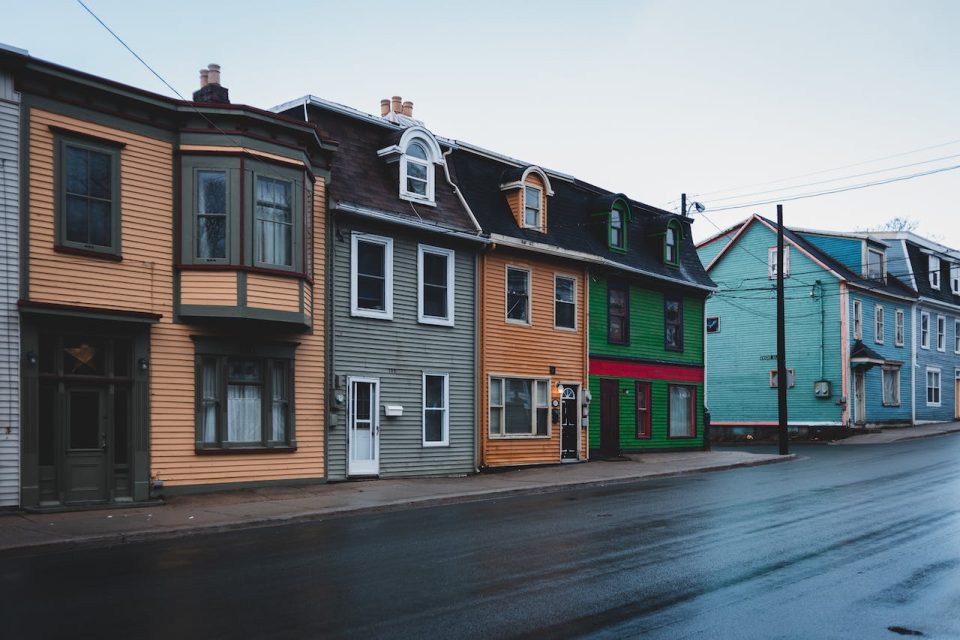The housing market in the United States witnessed another surge in home prices, setting a new record high as affordability levels reached an all-time low in August, according to the latest data from the S&P CoreLogic Case-Shiller National Home Price Index.
In August, the index recorded a 0.9% month-over-month increase and a 2.6% annual rise on a seasonally adjusted basis. This marks the seventh consecutive month of growth, culminating in an all-time high for the index.
Furthermore, the index tracking existing home prices in the 20 largest US cities saw a 1.0% increase in August compared to July, surpassing the Bloomberg consensus estimate of 0.8%. Year-over-year, the 20-city index saw a 2.2% rise.
The data highlights a persistent trend of demand outpacing supply in the housing market, even as the cost of homeownership continues to escalate. Craig J. Lazzara, Managing Director at S&P DJI, emphasized, “One measure of the strength of the housing market is the relationship of current prices to their historical levels.”
Lazzara pointed out that the National Composite, the 10-City Composite, and seven individual cities (Atlanta, Boston, Charlotte, Chicago, Detroit, Miami, and New York) have all reached their historical price peaks.
On a year-to-date basis, the National Composite has surged by 5.8%, a figure well above the median full-year increase in over 35 years of data.
Chicago led the charge for the fourth consecutive month, reporting the highest year-over-year gains among the 20 cities in August, with an annual price gain of 5%. New York and Detroit closely followed, with growth rates of 4.98% and 4.8%, respectively.
The surge in late summer home prices, combined with elevated mortgage rates, has drastically reduced buyer affordability, according to the National Association of Realtors (NAR). The NAR affordability index plummeted to 91.7 in August from 93.9 the previous month and 110.5 a year ago. This is the lowest point in records dating back to 1989.
An index value below 100 indicates that the typical family cannot afford a median-priced home. The affordability index gauges a family’s ability to allocate up to 25% of their qualifying income to a median-priced home mortgage with a 20% down payment.
The NAR report also revealed that, on a national scale, the average mortgage payment surged by 26.2%, or $464, in the last 12 months to $2,234 in August. This represents a 2.9% increase, or $63, from July.
Rising interest rates are the primary driver behind the steep decline in affordability, with the average mortgage rate soaring to 7.15% in August, compared to 5.29% the previous year. This has led to a supply bottleneck in the market, as potential sellers are hesitant to relinquish their current low-rate mortgages for higher-rate loans on new homes.
Hannah Jones, Senior Economic Research Analyst at Realtor.com, noted, “Despite a drop in buyer activity, low for-sale inventory kept competition fierce in many areas, which propped up home prices.”
Looking ahead, CoreLogic anticipates a 0.2% increase in home prices from August to September. Additionally, the firm projects a year-over-year price acceleration of 3.4% from August 2023 to August 2024.
Chief Economist for CoreLogic, Selma Hepp, stated, “While continued mortgage rate increases challenge affordability across U.S. housing markets, home price growth is in line with typical seasonal averages, reflecting strong demand bolstered by a healthy labor market, strong wage growth, and supporting demographic trends.”
The trajectory of mortgage rates will remain a pivotal factor in determining the future direction of home prices. With the average rate on the 30-year mortgage inching closer to 8%, there is heightened uncertainty in the market, compounded by various economic variables on the horizon.
Source: Yahoo Finance

